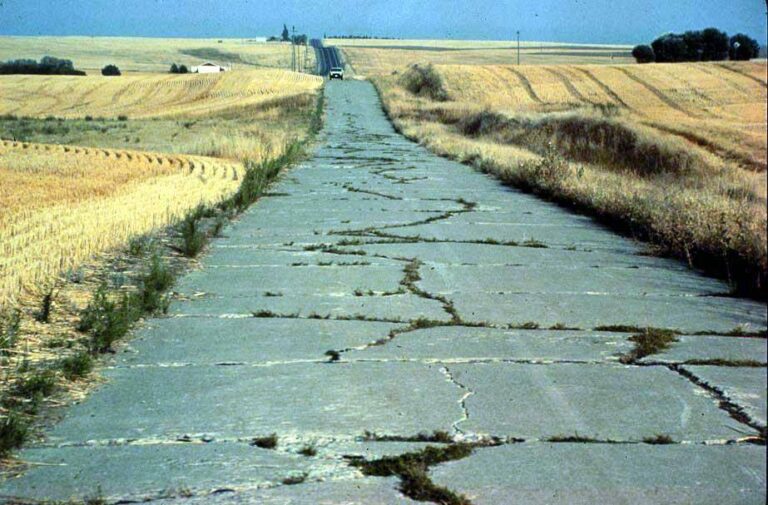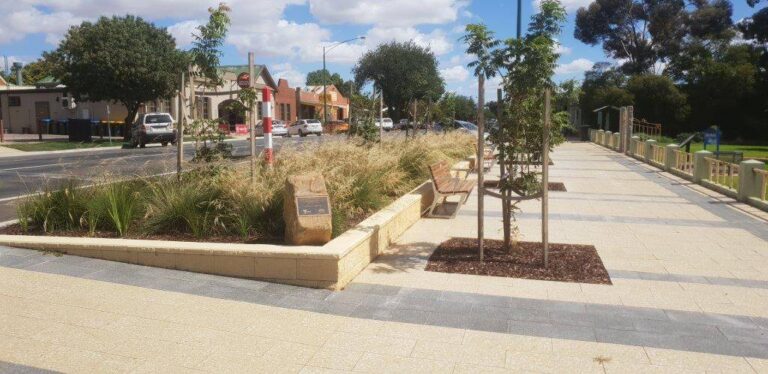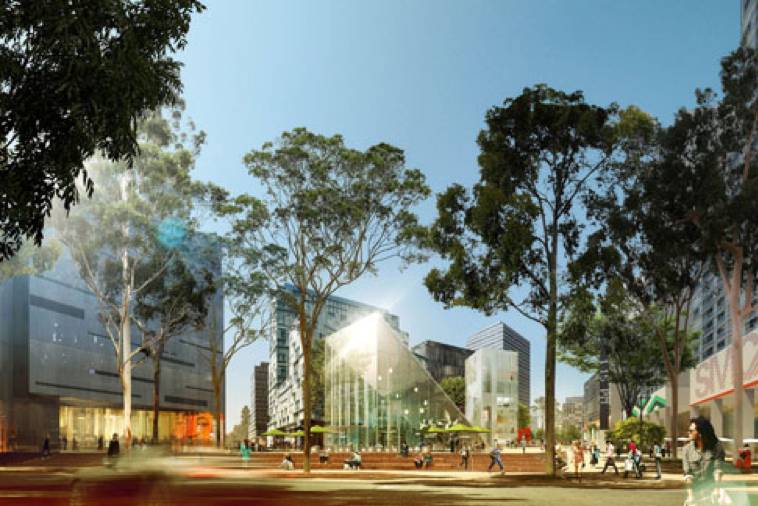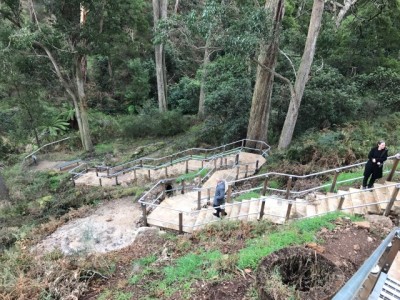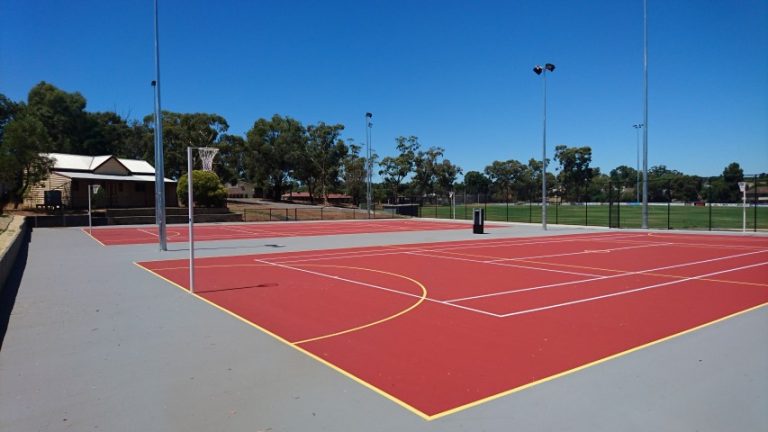NEWS
Remembering the Benalla Migrant Camp
On 13th May 2016, the remaining structures of the Benalla Migrant Camp were declared by the Heritage Council to have “cultural heritage significance (and that it) should be included in the Heritage Register”. For Alan Monger of Monger and Tomkinson Benalla, our client Sabine Smyth and the Benalla Community, this was an appropriate decision in response to the community’s nomination of the site.
Alan has been undertaking the survey of the former Benalla Migrant Camp as a historic record of the site throughout the 1940’s, 50’s and 60’s – a twenty year period when close to 60,000 displaced people knew the camp as home. This survey will provide a foundational resource to accompany the increasing number of photographs, websites and memorabilia collated by Sabine that provide testament to this important part in Australia’s cultural history. Once the descendants of the camp have had a chance to comment on the survey it will also be the starting point of more exciting elements of the exhibition and in particular, a diorama being built to scale.
ABC Goulburn Murray tells the story of the centre…..
A large number of European migrants moved to Australia after World War II when the government actively sought them to help populate and build a stronger nation.
The-then Immigration Minister Arthur Calwell hoped the influx of migrants would significantly increase Australia’s population and improve the nation’s economy and defence capability.
In 1949, to help with the influx of immigrants, extra camps were set-up around Australia – mostly in Victoria and New South Wales, including a holding centre at a former air force base in Benalla.
Dr Bruce Pennay, a historian at Charles Sturt University’s Thurgoona base, said the centre at Benalla opened to temporarily house “displaced people” including women and children until they or their partners could find more permanent accommodation.
“Australia cued-up and gladly embraced all these ‘work-ready’ young people but there was a pool of displaced persons who were not ‘work-ready’; they were the wives and single women with families and older people… Because they were displaced and (the government) didn’t know what to do with them (they were sent to Benalla) – so it was partly a humanitarian response.”
Pennay said most camps or holding centres were designed for short term accommodation but Benalla became an exception.
“The trouble with Benalla well, probably the advantage of Benalla, was that it had a clothing factory opposite and it was about to get another chain factory close-by so women could stay in the camp and work.
“As a consequence the Department of Immigration ended-up sending women to Benalla who didn’t have a man that they depended upon.”
Pennay said the women at the Benalla site were single for a variety of reasons; widowed, divorced or still trying to locate husbands following the war.
“Because these mothers could find work at the clothing factory across the road, they were able to support themselves but not gather enough money to move out of the area – so the centre became a place where people stayed for years.”
The Benalla Migrant Centre closed in 1967 when the government decided to stop funding centres like it and Bonegilla – instead opting to build hostels in the capital cities where it was easier for migrants to find work.
When it did close, Pennay said the Department of Immigration was very careful at “rehousing” those still living at the camp.
“Several of them moved into housing commission homes in Benalla and the Department paid any rent difference between what they had to pay at the camp and what they paid at the housing commission. It was a gentling of the move but it was still an uproot for a lot of women who come to take the camp as their home, they had been there for so long they knew nothing other than camp life.
“I think it (the Benalla Migrant Camp) is significant because it complicates that story of post-war immigration, we tend to see it through rose-coloured spectacles, to me these are displaced persons in Europe who it was difficult to find places for in Australia, it complicates that migrant story.”
From 1949 until its closure in 1967 an estimated 60,000 people went through the Benalla Migrant Camp including people from Latvia, Lithuania, Estonia, Germany and Poland.
Pennay said about one tenth of the original site remains including the original primary school and church building.
If you would like to share your story of life at the Benalla Migrant Camp, you can make contact with the members of Benalla Migrant Camp Inc via the blog link below, or through the Facebook page also listed.
Benalla Migrant Camp Inc Blog
Benalla Migrant Camp Exhibition Facebook Page
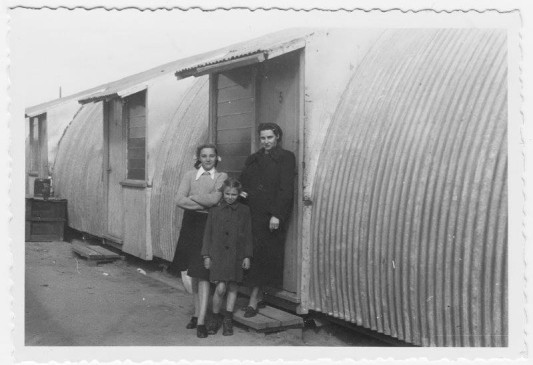
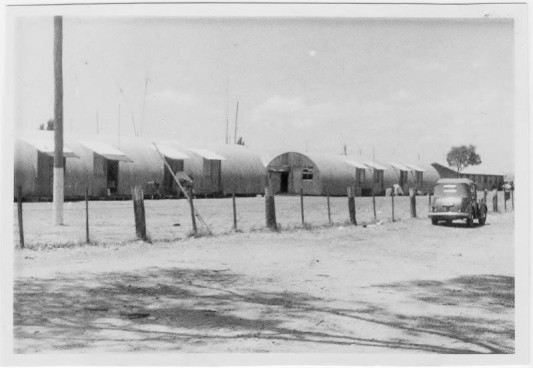
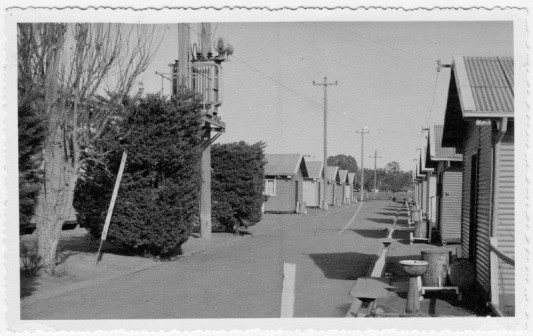
All images used with permission
Courtesy of Sabine Smyth Collection and Freda Meiers of Shepparton








